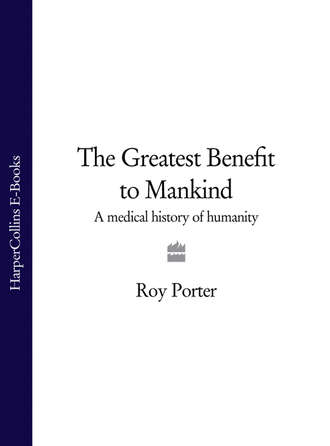The Greatest Benefit to Mankind: A Medical History of Humanity

Полная версия
The Greatest Benefit to Mankind: A Medical History of Humanity
Язык: Английский
Год издания: 2018
Добавлена:
Настройки чтения
Размер шрифта
Высота строк
Поля
Конец ознакомительного фрагмента
Купить и скачать всю книгу

